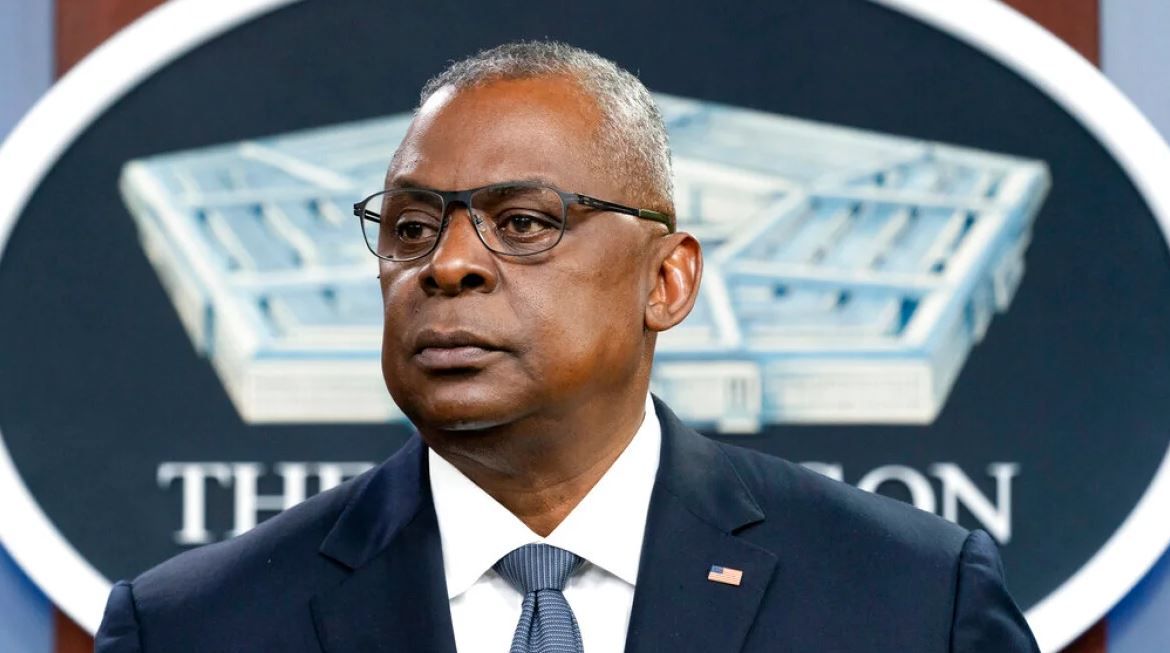The United States Department of Defense (DoD) made a major announcement on Thursday regarding sweeping reforms that will be implemented in an effort to lessen the dangers that U.S. military operations pose to civilians. These reforms will focus on creating a culture in which military personnel serving in the field will view the prevention of civilian casualties as an essential part of their missions.
In the 36-page action plan, comprehensive reforms are directed at every level of military planning, doctrine, training, and policy for not just counterterrorism drone strikes, but also for any future major conflicts. These changes are intended to be implemented immediately. New strategies for waging wars are included in this category, such as assaults against computer networks and satellites.
The order, which was issued as a result of an investigation series conducted by The New York Times on the deaths of civilians as a result of American bombings, has 11 primary goals. They are designed to assist commanders in gaining a better understanding of the presence of noncombatants before to the start of any operations, and they compel operators to take into consideration the possible effects that any combat action may have for civilians.
The steps include putting officials responsible for reducing civilian harm inside the combatant commands and Pentagon policy offices; imposing a new system to reduce the risk of misidentifying targets and “confirmation bias,” which is the tendency to favour information that confirms pre-existing beliefs; and creating a 30-person centre to handle departmentwide analysis and training regarding civilian protection. All of these steps will help reduce the risk of civilian casualties.
The United States Department of Defense Secretary of Defense Lloyd J. Austin III stated in a memo that top military commanders and civilian leaders that the Pentagon needs to make the protection of civilians a priority and incorporate more attentive thinking about that goal as a doctrine into its mission planning.
Mr. Austin wrote in his email that the United States “will ensure that we are well prepared to prevent, mitigate, and respond to civilian harm in current and future conflicts.” He went on to say that “It is important that this plan is scalable and relevant to both counterterrorism operations and large-scale conflicts against peer adversaries.”
Some human rights advocates, who have been lobbying the Pentagon for years to strengthen its policies and practises to prevent civilian harm, have praised the plan’s scope and breadth. They have been lobbying the Pentagon to strengthen its policies and practises to prevent civilian harm.
Nevertheless, Mr. Garlasco stated that the plan did not adequately address a number of questions. These questions included how the military would improve its ability to estimate the number of civilian casualties, how information from outside groups would be incorporated into the civilian harm assessments conducted by the Pentagon, and whether or not individual officials or commanders would be held accountable for violations.
The proposal does not specify if the expanded efforts would entail investigating previous instances that led to the deaths of civilians or whether such investigations will be reopened. According to Annie Shiel, a senior adviser at the Center for Civilians in Conflict, “investigating and making amends for past harm is critical to achieving the kind of accountability and learning that the action plan rightly strives for.” This was stated by Shiel in reference to the action plan’s goal of achieving accountability and learning.
The rules of war prohibit purposefully targeting civilians or carrying out attacks where the projected number of civilian casualties is disproportionate to the combat goal, and this is something that is taught to personnel of the armed forces of the United States. A strategy of reducing or attempting to minimise collateral harm has been expressed by military commanders and presidents for a significant amount of time.
However, the rules of war and military doctrine acknowledge that there will always be collateral damage among civilians during hostilities. In the 21st century, however, the repercussions are far more severe than they were in the 20th century, and this is in addition to the moral weight of the lives and destruction that were caused. The widespread sharing of films on social media, both from smartphones and other sources, has drastically raised the danger of backlash, which may undermine larger strategic goals. Among other things, this risk has been caused by the extensive use of social media.
In light of these circumstances, there has been increased pressure placed on the Department of Defense to increase its efforts to protect civilian life.
For years, groups that advocate for human rights have been working to bring more attention to the deaths of civilians. Investigative stories pertaining to botched strikes have been produced by journalists working for a variety of news organisations. Until the Pentagon presents a strategy for the treatment of civilian casualties, the United States Congress has placed limitations on some military funding. A study that was authorised by Congress and issued by the RAND Corporation earlier this year provided a critical analysis of the processes that the military follows regarding civilian fatalities.
Officials have said that the series published in the New York Times, which was recognised with the Pulitzer Prize for foreign reporting earlier this year, was also a factor in the adjustments that were implemented. It includes an examination of systematic failures to avoid civilian casualties in Iraq, Syria, and Afghanistan, based on a trove of internal Pentagon evaluations and trips to the locations of more than 100 events. This investigation was conducted based on the findings of the visits.
